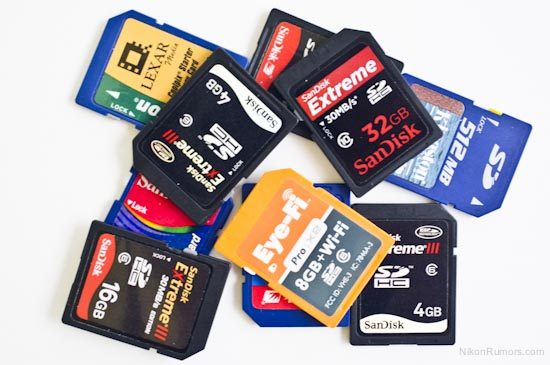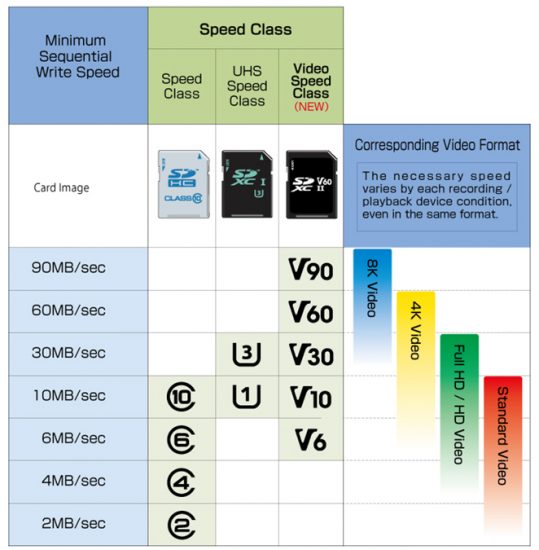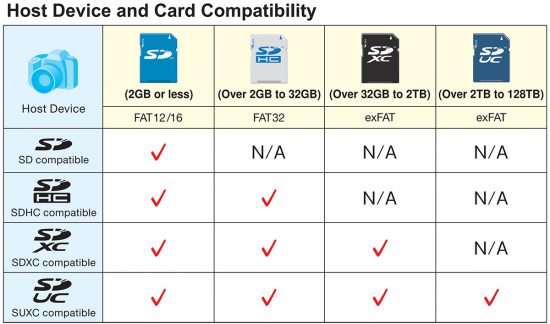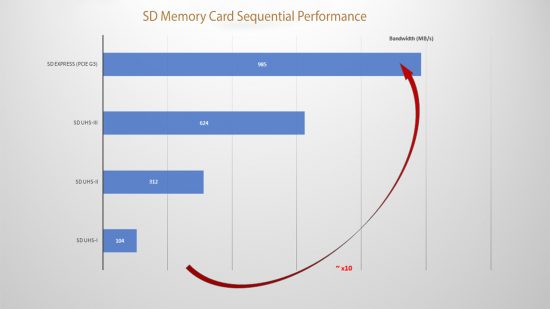
Lensvid published their interview with the chairman of the SD Association Mr. Yosi Pinto who discussed the future of SD memory cards:
Some key points:
While the UHS-II interface has become increasingly more popular with the release of more cards and supported cameras in recent years, few people are aware that in early 2017 the SD Association introduced the third iteration of this interface – UHS-III with up to 624MB/s of transfer speed – which is twice as fast as UHS-II. Although this relatively new standard was developed at the request of several companies in the photo industry (we have not given any specific names) no products offering UHS-III have been announced so far and the introduction of the upcoming SD Express (see later on in this article) may replace UHS-III entirely.
In 2018 the SD Association finalized the SD 7.0 specification which brought two major additions to SD cards. The first is the creation of the SD Express interface, a PCIe 3.0 x1 and NVMe-based interface and protocol with maximum transfer speeds of up to 985 MB/sec. The second innovation is the SD Ultra-Capacity (SDUC) class of cards which will be able to go up to 128 TB in capacity (SDXC maxes out at 2TB).
It is important to note that despite the lack of push from the photo industry for the new SD Express, the upcoming new cards will be backwards compatible with SD UHS-I devices so you will be able to use them in any camera or device that work with existing cards. This will be done in a way similar to what has been done in the past with UHS-II (and UHS-III) where one row of connectors on the back of the card is dedicated to UHS-I and the other to the SD Express PCI-E. This also means that in backwards compatibility mode, the card will only support UHS-I speeds and not UHS-II/III.
In the past, SD was typically considered to be a consumer/prosumer oriented format while CF (and later XQD) were more of a pro level memory formats. At the moment it isn’t clear if this division will continue between SD Express and CF Express, however, we believe that the fact that both are now based on the same basic PCIe/NVMe protocols might have interesting consequences in the future.
As we have noted above, SD Express was not developed primarily for the camera industry but was pushed forward by other markets. This means that camera manufacturers may not be the first to implement it. However, jumping on the SD Express train for all type of products should be easier than it was for previous SD iterations since the PCIe interface and NVMe protocols are well established in the industry with all the supporting software and hardware required for implementing them.
As for when the first SD Express supported cameras will be available on the market, Mr. Pinto did not wish to speculate, but based on our understanding this will not happen during 2019 (and possibly not even during the first half of 2020).
Via Lensvid











